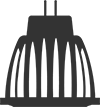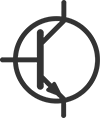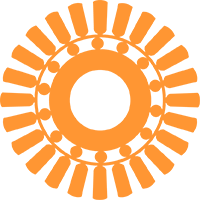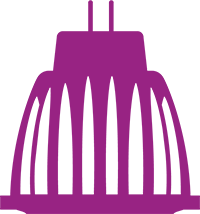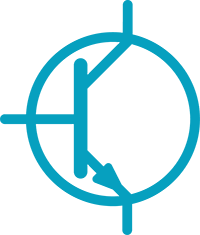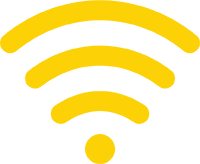Since 2008, the Energy Efficient End-Use Equipment TCP (4E) has tracked the efficiency trends of major globally traded products and corresponding energy efficiency regulations.
This enables 4E Members to identify whether their current policies are being effective, how these policies and the performance of products compares across different regions and opportunities for closer alignment.
This process forms a multi-lateral exchange between regulators within 4E Member countries that accelerates the development of product policies and increases the level of energy savings, while also reducing regulatory and cost burdens on industry and consumers.
Joint analysis by the IEA and 4E into the global impacts of energy efficiency regulations¹ has shown that:
The longest running energy efficiency (EES&L) programmes are estimated to deliver annual reductions of around 15% of total current electricity consumption.
In the nine countries/regions for which data were available, these programmes reduced annual electricity consumption by a total of around 1,580 terawatt-hours in 2018 – similar to the total electricity generation of wind and solar energy in those countries.
On average, the energy efficiency of new major appliances in countries with EES&L programmes has increased two to three times the underlying rate of technology improvement.
The average purchase price of appliances covered by EES&L programmes declined at a rate of 2-3% per year.
Within 4E economies, energy efficiency regulations, taken to include minimum energy performance standards (MEPS), mandatory and voluntary energy labelling in this report, are a key driver for product efficiency.
Core elements of these regulations include:
- The methods used to test and measure product performance
- The metrics used to define energy performance or efficiency
- The performance thresholds required by regulations
Since 2020, the 4E Product Energy Efficiency Trends (PEET) project has been monitoring the status of these elements across regulations for major appliance and equipment types across 4E Member countries.
Since 2008, the Energy Efficient End-Use Equipment TCP (4E) has tracked the efficiency trends of major globally traded products and corresponding energy efficiency regulations.
This enables 4E Members to identify whether their current policies are being effective, how these policies and the performance of products compares across different regions and opportunities for closer alignment.
This process forms a multi-lateral exchange between regulators within 4E Member countries that accelerates the development of product policies and increases the level of energy savings, while also reducing regulatory and cost burdens on industry and consumers.
Joint analysis by the IEA and 4E into the global impacts of energy efficiency regulations¹ has shown that:
The longest running energy efficiency (EES&L) programmes are estimated to deliver annual reductions of around 15% of total current electricity consumption.
In the nine countries/regions for which data were available, these programmes reduced annual electricity consumption by a total of around 1,580 terawatt-hours in 2018 – similar to the total electricity generation of wind and solar energy in those countries.
On average, the energy efficiency of new major appliances in countries with EES&L programmes has increased two to three times the underlying rate of technology improvement.
The average purchase price of appliances covered by EES&L programmes declined at a rate of 2-3% per year.
Within 4E economies, energy efficiency regulations, taken to include minimum energy performance standards (MEPS), mandatory and voluntary energy labelling in this report, are a key driver for product efficiency.
Core elements of these regulations include:
- The methods used to test and measure product performance
- The metrics used to define energy performance or efficiency
- The performance thresholds required by regulations
Since 2020, the 4E Product Energy Efficiency Trends (PEET) project has been monitoring the status of these elements across regulations for major appliance and equipment types across 4E Member countries.

























